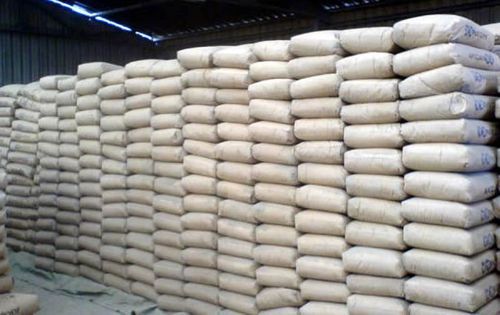Cement is a vital component of any construction project. However, improper storage can significantly impact its quality and performance. Knowing how to store cement correctly ensures it retains its binding properties and contributes to a strong, durable final product. This blog post will explore everything you need to know about storing cement at construction sites.
Moisture Protection is Paramount
Cement is hygroscopic, meaning it readily absorbs moisture from the surrounding environment. Exposure to moisture can cause the cement to clump and harden, rendering it unusable. Therefore, the primary focus of cement storage should be on creating a dry, moisture-proof environment.
- Storage Location: Ideally, cement should be stored in a dedicated, weatherproof building or shed. This protects the cement from rain, snow, and high humidity
- Raised Platforms: Even within a sheltered space, avoid placing cement bags directly on the floor. Use wooden pallets or raised platforms to create a barrier against ground moisture
- Waterproof Covering: When storing cement outdoors for short periods, elevate the bags on a platform and cover them completely with a waterproof tarpaulin or polyethylene sheet. Ensure proper overlaps to prevent water ingress.
Stacking and Organisation
- Stack Height: Limit cement bag stacks to a maximum of 10 bags high. This prevents excessive pressure that can lead to lumping in the lower bags.
- Stack Width: Maintain a width of no more than 3 metres or the length of four bags. This improves stability and reduces the risk of toppling.
- Stacking Pattern: For stacks exceeding eight bags, alternate the bag orientation, positioning them lengthwise in one layer and crosswise in the next.This interlocking pattern enhances stability.
- Airflow Minimisation: While a complete enclosure is necessary for moisture protection, some air circulation is beneficial. Stack bags close together to minimise air movement within the stack
- First-In, First-Out (FIFO) Method: Implement a FIFO system for cement usage. Utilise the oldest bags first to ensure proper stock rotation and prevent older cement from deteriorating.
Additional Tips
- Avoid Wall Contact: Maintain a minimum gap of 60 cm between cement stacks and exterior walls. This prevents condensation and moisture transfer from the walls
- Damaged Bags: Damaged bags should be used promptly or sealed securely to prevent moisture ingress.
- Leftover Cement: Store leftover cement in airtight containers or heavy-duty plastic bags with sealed closures.
By following these best practices, construction crews can ensure that cement retains its quality and performance throughout the project. Remember, proper storage not only safeguards the integrity of the cement but also reduces waste and associated costs.
For any project, cement is the foundation on which strong construction is built. So, choosing the right cement is very important. Topcem Cement strives to offer the best cement solutions by providing high-quality products that ensure your structures remain resilient in the face of any adversity. We are dedicated to helping you achieve the best results with our range of products tailored to meet the unique needs of different projects. For more details on how our products can benefit your specific construction needs, contact us today!

